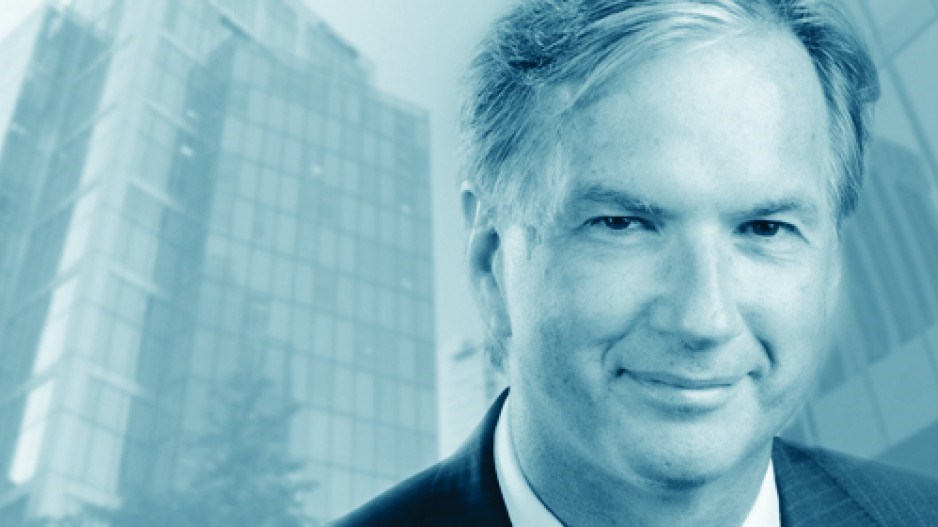John Horgan is fond of recalling his teacher’s edict: “Show your work.”
The premier, faced with solving a big math problem in his largest test yet of his skills, last week skipped out of class without completing the exam.
His climate action plan, called CleanBC, makes a clean run from the heaviest work. It sputters out of gas three-quarters of the way uphill.
To watch the self-congratulatory proceedings last week, one would think Horgan had aced it.
But it will take another two years to determine how one-quarter of B.C.’s greenhouse gas emission reduction can take place by 2030 – 6.5 megatonnes on what will then be a timeline of less than a decade.
Makes me consider paying only three-quarters of my taxes. I’ll figure out the other portion later.
True, it is tough to tackle sustainability without taxing industries and people into submission and shifting their behaviour uncomfortably.
But when even an ardent administration can’t quite run the ball over the finish line, you have to wonder if the targets are excessively ambitious in the context of the massive liquefied natural gas (LNG) project.
Last week Horgan’s government – with the supporting cast of the Andrew Weaver trio of BC Green Party MLAs – identified some long-term targets to make us feel good about our destination with no short-term sacrifices to make us feel bad about any bumpy route.
We will get new building codes, incentives to get heat pumps, and a heaping helping of clean electricity to transform elements of our economy and by 2030 reduce emissions by 40% over 2007 levels.
But again, no work fully shown, a glass curiously one-quarter empty, as if the task were just too onerous.
The government’s “adaptation strategy” of pain points for all of us is some time away – likely after an election, I suspect – and the devilish details on spending and taxing won’t be revealed until February’s budget.
If there are three words the government appears to be saying to British Columbians, they are: Plug it in. We’re going to be an electric province big time in the decades ahead or we will come up short.
If you’re in the power transmission business, this is your lucky day. If you’re in the heat pump business, this is your lucky quarter-century.
There is always some pretence in any local initiative to deal with global forces, and the CleanBC blueprint does not fail in that regard. Part of the plan simply reflects evolving technology and resources on which the provincial government has no bearing – which is about as bold as pledging to reduce shaving supplies as one grows a beard.
Yes, we’ll have a lot more electric vehicles by 2030 and, yes, what fuel we have will be cleaner. Our natural gas will be sourced from more renewable gas. Our houses will be built better. Tidily, this fits into place and takes up a block of the reductions.
There appears to be nothing to further clobber business in the mix beyond the already scheduled carbon tax increases, at least for the time being, so any additional industrial squawking will be minimal. Indeed, government will redirect some of the carbon tax increases that businesses pay into incentives for their cleaner operations.
Now, last time we checked, Weaver was adamant there was no way the math would work to permit the LNG project. He then backed off and said he was holding his judgment until he saw the CleanBC plan. He let the spectre of Site C go long ago, of course.
Now he is content with three-quarters of a loaf. We should all have rivals as such allies in the heat of the moment.
Then again, there is a proportional representation referendum result to await, and this is no time to upset the apple cart – even if it were guzzling gas.
And, to come clean about CleanBC, the rest of the country’s climate action plans are neither in a positive climate nor much about action. By the day, the provinces are further balking on Justin Trudeau’s vision for Canadian leadership globally.
For our part, B.C. is out on a limb on taxes, initiatives and schedules. We might as well be our own country. •
Kirk LaPointe is editor-in-chief of Business in Vancouver and vice-president, editorial, of Glacier Media.




